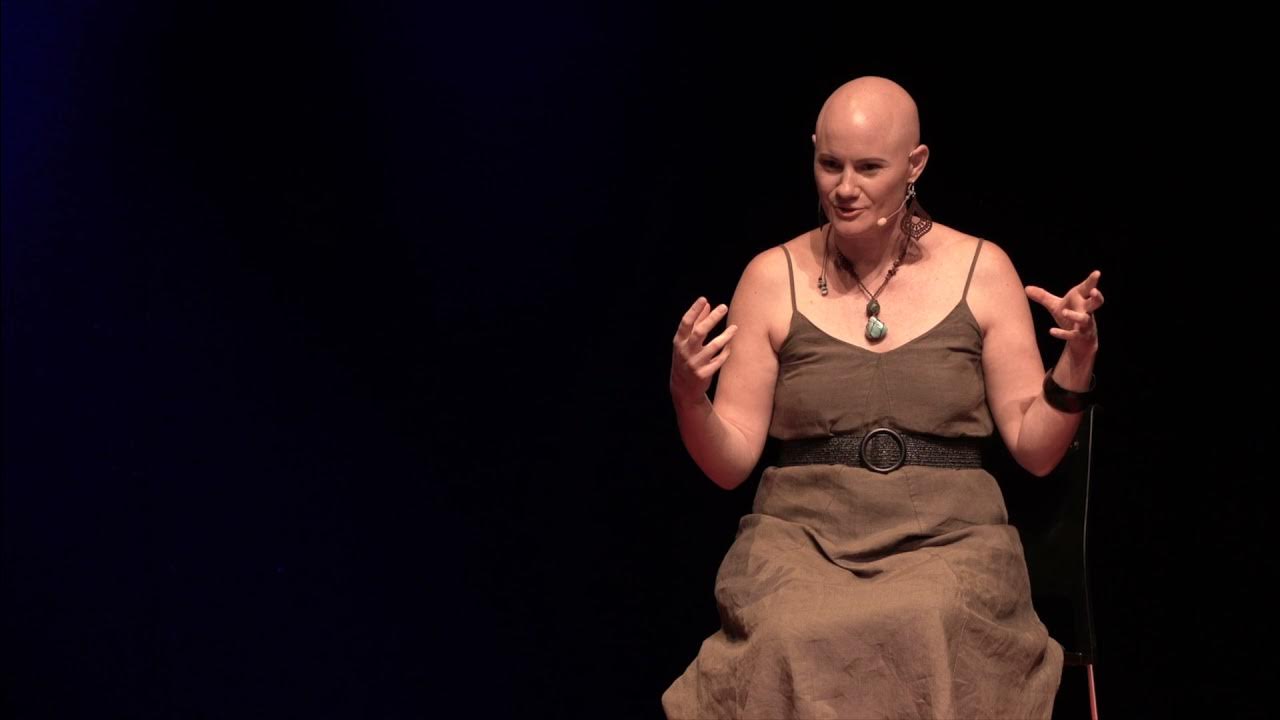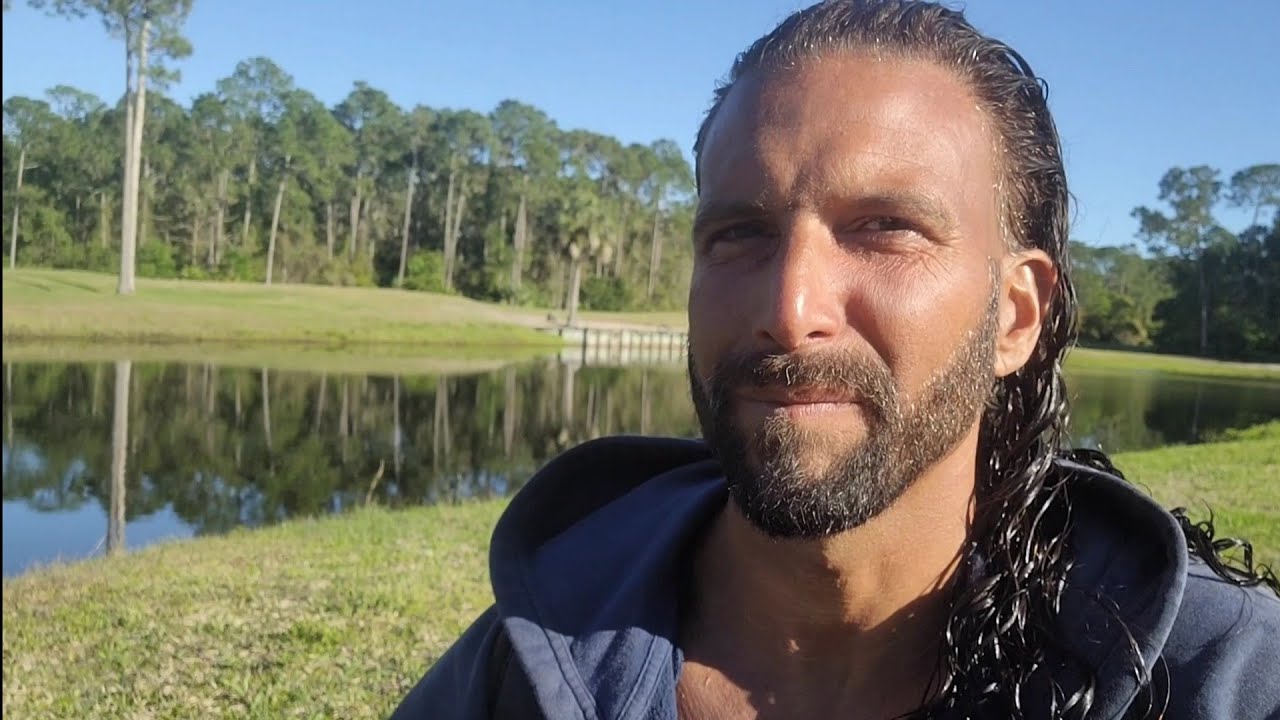How To Stop Living As The Fake You And Start Living As The Real You
Summary
TLDRIn this insightful video, Heidi Prev explores the journey of shedding inauthentic personas and embracing one's true self. She discusses the concept of a 'shame-bound identity' and offers practical steps to align our outer actions with our inner selves. From accepting our authentic selves in the present to navigating discomfort and staying present during emotional challenges, Heidi provides a roadmap for personal growth and self-awareness.
Takeaways
- 🌟 Authenticity is an ongoing process that requires continuous self-reflection and adjustment throughout life.
- 🔍 Recognizing a shame-bound identity involves acknowledging that parts of one's persona are inauthentic due to a fear of being unaccepted for one's true self.
- 💡 The first step in healing is accepting that the authentic self exists in the present, not as a future goal, and opening communication with this inner self.
- 🔑 Awareness of how one's procedural memory influences behavior in social situations is crucial for identifying unconscious social masks.
- 🌱 Detachment from one's true feelings is often a protective mechanism; identifying and addressing the root causes of this detachment is key to authenticity.
- 🍰 It's important to allow oneself to experience discomfort and emotions like shame or anger without resorting to numbing behaviors.
- 🏃♂️ Putting oneself in situations that naturally align with one's authentic self can make it easier to express who one truly is.
- 🤝 Embracing discomfort in social situations can lead to more genuine connections and clearer communication.
- 🧘♀️ Staying present during difficult moments and allowing oneself to feel emotions fully is essential for building emotional discernment and wisdom.
- 💪 Learning from mistakes and viewing them as opportunities for growth helps in developing a stronger relationship with one's authentic self.
- 🔄 The process of becoming more authentic is cyclical and builds upon itself, requiring patience and self-compassion.
Q & A
What is the main topic of the video?
-The main topic of the video is about shedding inauthentic selves and personas and learning to show up more authentically in various life situations.
Why is it important to shed inauthentic selves according to the video?
-It is important to shed inauthentic selves to align our inner and outer worlds, allowing us to live more genuinely and reduce the pressure of maintaining social masks that do not reflect our true selves.
What is a 'shame-bound identity' as discussed in the video?
-A 'shame-bound identity' is a social persona developed due to a deep belief that one's core self is shameful and would not be accepted or loved if truly seen by others.
What does the video suggest about the nature of our authentic selves?
-The video suggests that our authentic selves are not a future version of ourselves but exist in the present moment, with true thoughts and feelings about what is happening.
How does the video relate the concept of 'procedural memory' to our social interactions?
-The video relates 'procedural memory' to social interactions by explaining that we often operate from this type of memory in social situations, especially when feeling threatened or on guard, leading to automatic behaviors that may not be consciously chosen.
What is the first step in the process of aligning with our authentic selves as mentioned in the video?
-The first step is accepting and acknowledging that the real you has always been inside of you and exists in the present moment, and opening a line of communication with this deeper, more authentic version of yourself.
What is the significance of the second step in the process of living authentically as described in the video?
-The second step involves noticing the ways in which one routinely detaches from their authentic self to keep it safe, understanding the underlying reasons for numbing out or dissociating, and addressing those emotions once the immediate situation has passed.
Why is it beneficial to put oneself in situations that feel easy and naturally aligned with one's authentic self?
-It is beneficial because it allows for easier expression of one's authentic self, building an environment where those traits or ideals are the social norm, and fostering a stronger self-relationship.
How does the video suggest we handle awkward or uncomfortable social situations more authentically?
-The video suggests allowing the awkwardness to be present without rushing to fix it or cover it up, staying true to one's feelings and reactions while still being respectful of others, which can lead to clearer communication and understanding.
What is the role of discomfort in the process of becoming more authentic, as per the video?
-Discomfort plays a crucial role as it often signals a need for authenticity. By allowing oneself to feel discomfort without immediately avoiding it, one can develop emotional discernment and make better decisions about which situations align with their authentic self.
How does the video define the final step in the process of building an authentic self?
-The final step is learning to stay present with oneself during difficult moments, tolerating emotional experiences without rushing to fix them, and extracting lessons from those emotions to develop a greater understanding and emotional discernment.
Outlines

このセクションは有料ユーザー限定です。 アクセスするには、アップグレードをお願いします。
今すぐアップグレードMindmap

このセクションは有料ユーザー限定です。 アクセスするには、アップグレードをお願いします。
今すぐアップグレードKeywords

このセクションは有料ユーザー限定です。 アクセスするには、アップグレードをお願いします。
今すぐアップグレードHighlights

このセクションは有料ユーザー限定です。 アクセスするには、アップグレードをお願いします。
今すぐアップグレードTranscripts

このセクションは有料ユーザー限定です。 アクセスするには、アップグレードをお願いします。
今すぐアップグレード関連動画をさらに表示

Шокирующая ТЁМНАЯ правда Юнга о ЖЕНЩИНАХ, которую ДОЛЖЕН знать каждый мужчина

Abraham Hicks 2024: Stop making it Hard and Surrender it to the Universe Instead🙏

Being Human. | Nerida Mills | TEDxMandurah

Emotional MATURITY: 5 Things We Mistake For It (And One That Can't Be Faked)

Why Chosen Ones are alone no friends & no relationship 144,000 #chosenones

Please Watch This Video and it Will Change Your Life I David Goggins Motivation
5.0 / 5 (0 votes)
